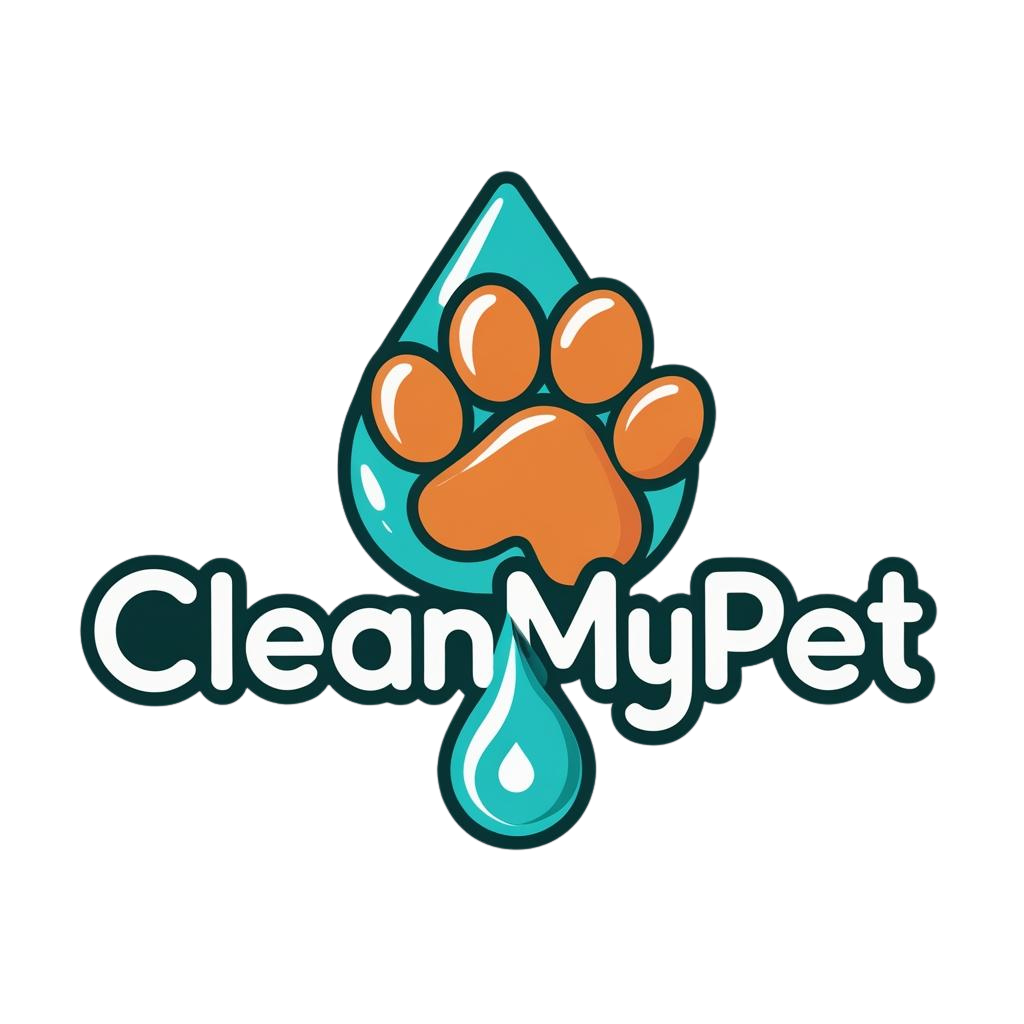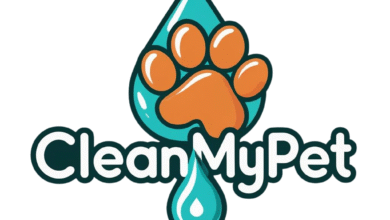
The Right Way to Brush Your Dog’s Coat: A Comprehensive Guide for Healthy and Shiny Fur
Brushing your dog’s coat regularly is essential for maintaining their skin health, removing loose fur, preventing mats, and promoting a shiny, beautiful coat. However, brushing isn’t just about running a brush through your dog’s fur — it requires the right techniques, tools, and timing to be truly effective and comfortable for your dog.
This comprehensive guide will walk you through everything you need to know about the right way to brush your dog’s coat for optimal results.
Why Brushing is Important
- Removes loose hair and reduces shedding: Regular brushing collects dead fur before it falls off around your home.
- Prevents mats and tangles: Mats can cause discomfort, pain, and even skin infections if left untreated.
- Distributes natural oils: Brushing helps spread natural skin oils across the coat, keeping fur soft and shiny.
- Improves circulation: Gentle brushing massages the skin, stimulating blood flow.
- Allows early skin issue detection: Regular brushing lets you spot lumps, bumps, parasites, or irritations early.
- Strengthens your bond: Brushing can be a relaxing, bonding experience for you and your dog.
Choosing the Right Brush for Your Dog
Different coat types require different brushes and grooming tools:
| Coat Type | Recommended Tools |
|---|---|
| Short-haired | Rubber curry brush or bristle brush |
| Medium-haired | Slicker brush, bristle brush |
| Long-haired | Slicker brush, pin brush, comb |
| Double-coated | Undercoat rake, slicker brush |
| Curly or wiry | Pin brush, slicker brush, stripping knife (for wiry) |
How Often Should You Brush?
- Short-haired dogs: Once a week is generally enough.
- Medium to long-haired dogs: 3-4 times per week to prevent mats.
- Double-coated breeds: At least once a week; more during shedding seasons.
- Curly or wiry coats: Regular brushing based on coat length and type, often weekly.
Step-by-Step Brushing Process
1. Prepare Your Dog
Find a comfortable, quiet place. Allow your dog to relax and offer treats to create a positive atmosphere.
2. Start with a Gentle Comb-Through
For long or thick coats, gently use a wide-toothed comb to detangle large knots before brushing.
3. Begin Brushing in Sections
Divide your dog’s coat into manageable sections. Start at the neck and work your way down the body.
4. Brush in the Direction of Hair Growth
Always brush in the direction the fur grows to avoid causing discomfort or damage.
5. Use Appropriate Pressure
Apply gentle but firm strokes. Be careful around sensitive areas like the belly, ears, and legs.
6. Pay Extra Attention to Problem Areas
Focus on spots prone to mats, such as behind ears, under the legs, and around the collar area.
7. Remove Loose Hair Regularly
Stop periodically to remove hair from the brush to keep it effective.
8. Finish with a Slicker Brush or Comb
Use a slicker brush or fine-toothed comb to smooth the coat and remove any remaining tangles.
Tips for Brushing Different Coat Types
Short-haired Dogs
- Use a rubber curry brush to massage and remove loose hair.
- Brushing once a week helps reduce shedding.
Medium to Long-haired Dogs
- Use a slicker brush for removing tangles and loose fur.
- Be patient and gentle with mats; never pull harshly.
Double-coated Dogs
- Use an undercoat rake during shedding season to remove dead undercoat.
- Avoid shaving double coats as it affects insulation and protection.
Curly or Wiry Coats
- Regular brushing prevents matting and keeps curls defined.
- Occasional professional grooming may be necessary.
Dealing with Mats and Tangles
- Use detangling spray or conditioner formulated for dogs.
- Gently work mats out with your fingers or a mat splitter.
- For severe mats, seek professional grooming assistance.
- Never cut mats out yourself without guidance to avoid injury.
Additional Grooming Tips
- Brush your dog’s teeth and check ears while grooming.
- Use grooming sessions to check for ticks, fleas, or skin issues.
- Reward your dog with treats and praise to create a positive experience.
Common Mistakes to Avoid
- Brushing too aggressively causing skin irritation.
- Using the wrong brush for your dog’s coat type.
- Skipping regular brushing, leading to mats and shedding problems.
- Ignoring signs of discomfort or pain during brushing.
When to Consult a Professional Groomer
If your dog has severe mats, skin conditions, or is uncooperative during brushing, professional groomers have the tools and expertise to help.
Final Thoughts
Brushing your dog’s coat properly promotes a healthy, shiny fur and a happy pet. With the right tools, techniques, and patience, grooming becomes an enjoyable routine that strengthens your bond and keeps your dog looking and feeling their best.
